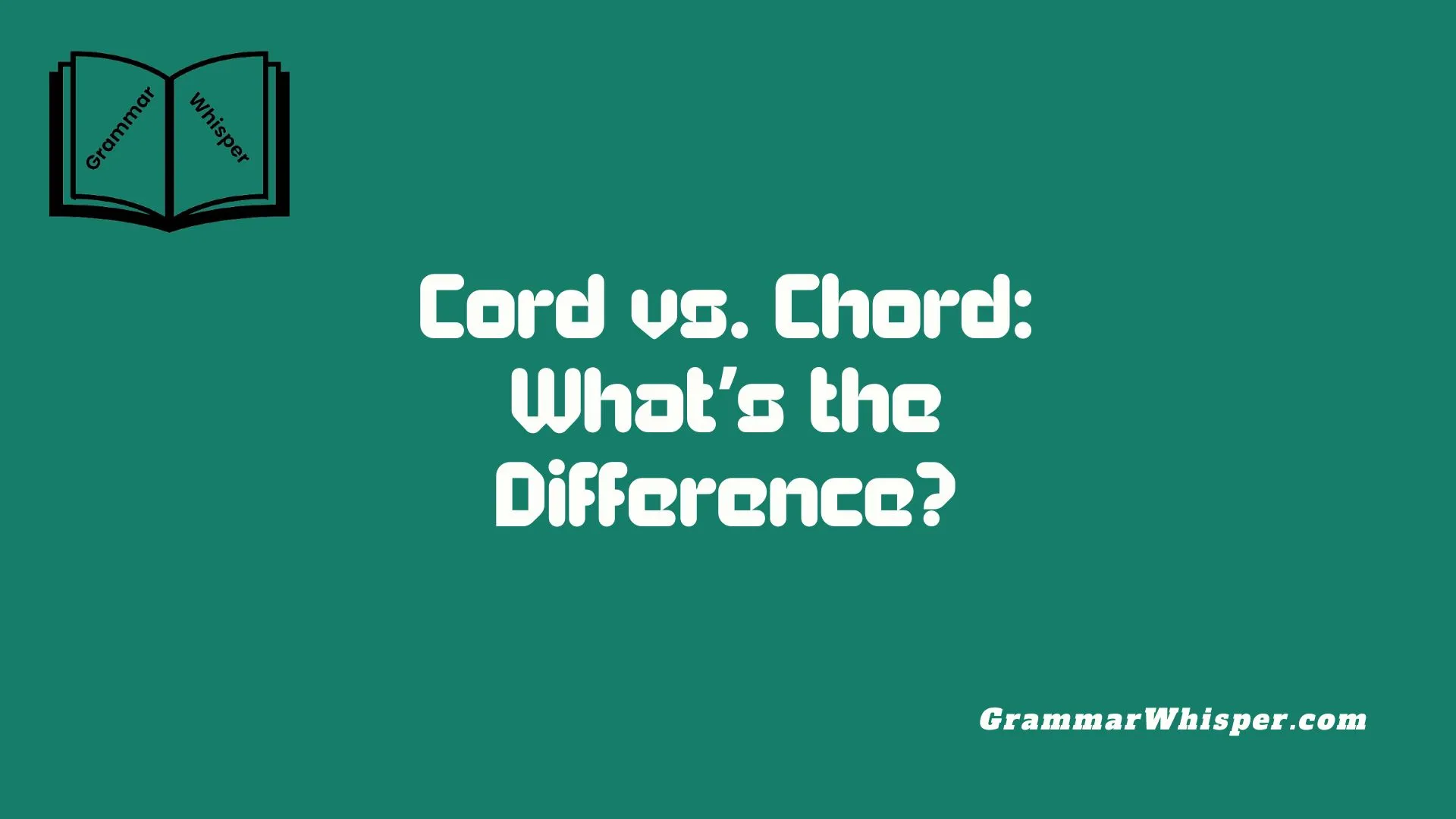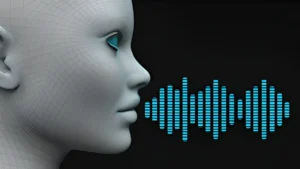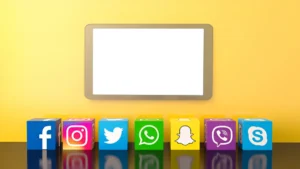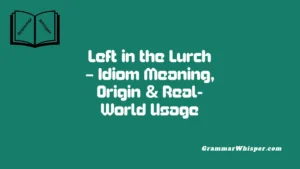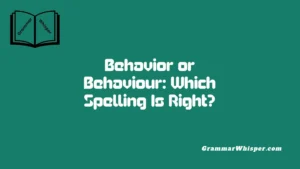Working with students and professionals, I’ve noticed how often they mix up the words Cord vs. Chord in everyday writing. These English homophones may sound identical, but they carry very different meanings. It’s one of those tricky pairs that tends to trip up even experienced speakers. When you’re crafting a message or preparing a presentation, the right word really matters. What helps is building solid understanding of the difference, which can enhance your grammar, boost your clarity, and improve overall communication.
This article carefully explores the origins, uses, and subtle nuances of each term. A cord is usually something you plug into a wall, while a chord is something you listen to in music. Once you learn the proper contexts and word associations, you’ll naturally choose the correct version every time. It’s not just about memorizing dictionary definitions – it’s about becoming more confident in how you express yourself. And when you’ve got the hang of it, you’ll stop second-guessing and start speaking with precision and purpose.
Understanding the Confusion: Cord vs. Chord
Many English speakers stumble over “cord” vs. “chord” simply because they sound the same. These are homophones – words that have identical pronunciations but distinct meanings and spellings.
The real problem arises when someone uses these terms in professional emails, academic writing, or casual conversation and picks the wrong spelling. That tiny mistake can completely change the meaning of your message or make it sound unprofessional.
The confusion often stems from:
- Overlapping metaphorical usage
- Increasing reliance on auto-correct tools
- Lack of formal instruction on homophones
So let’s break these down piece by piece.
Homophones in English: A Quick Primer
Homophones are everywhere in English: their/there/they’re, to/too/two, and of course, cord/chord. This pair is particularly tricky because both words are used frequently in real-world contexts.
| Homophone | Part of Speech | Common Usage Example |
| Cord | Noun | I plugged the lamp into the cord. |
| Chord | Noun | The guitarist played a C major chord. |
Both are nouns, and both relate to connection or harmony in different ways. That semantic closeness contributes to confusion.
Etymology and Evolution of ‘Cord’
The word “cord” comes from the Latin word chorda, which originally referred to the gut or string used in early string instruments. Over time, the term was anglicized and evolved into multiple practical meanings.
Today, “cord” can refer to:
- An electrical cable
- A muscle or tendon, like the vocal cords (note the spelling change)
- A rope or line used in climbing, boating, or fashion
Modern usage spans a wide range of fields:
- Technology: power cord, USB cord, charging cord
- Medicine: umbilical cord, spinal cord
- Home utilities: extension cords, drawcords
Fun fact: “cord” was also once used as a unit of measurement for firewood in the U.S., equaling about 128 cubic feet.
Tracing the Roots of ‘Chord’
Like “cord,” the word “chord” also has its roots in the Greek khordē, which similarly referred to the string of a musical instrument. However, it evolved along a separate trajectory.
Today, “chord” is most commonly associated with music, where it refers to:
- A combination of two or more musical notes played together
- The emotional tone or resonance of a musical piece
- Chord progressions in composition and harmony
But it doesn’t stop there. In mathematics, a “chord” is a line segment joining two points on a curve – most commonly a circle.
So while the two terms share ancient origins, they have diverged significantly in modern use.
Meaning and Usage of ‘Cord’ in Real Life
The term cord plays a prominent role in our daily routines. Some of the most common usages include:
- Electronics: HDMI cords, charging cords for phones and laptops
- Health: spinal cord injuries, umbilical cords during birth
- Clothing: drawcords in sweatpants or jackets
- Home and tools: power tools with retractable cords
Real-life Scenarios:
- “The cord on my headphones is fraying.”
- “Doctors had to examine his spinal cord after the accident.”
- “She used the drawcord to tighten her hoodie.”
Cord usually implies something physical, tangible, and useful. It’s about connection – whether for power, movement, or structure.
Meaning and Usage of ‘Chord’ in Music and Beyond
In the world of music, “chord” is a building block of harmony and emotion. It refers to:
- A triad or group of notes played simultaneously
- The emotional resonance these combinations evoke
Musicians use chords to:
- Build melodies
- Structure songs
- Evoke specific emotional responses (e.g., major = happy, minor = sad)
Beyond music, chord also appears in emotional and figurative expressions:
- “That song really struck a chord with me.”
- “Her words touched a deep chord in my soul.”
These expressions use chord metaphorically to convey emotional depth and resonance.
Visual Breakdown: Cord vs. Chord
Here’s a quick side-by-side to clear things up:
| Category | Cord | Chord |
| Field | Technology, Medicine, Clothing | Music, Mathematics, Emotions |
| Physical Form? | Yes | Sometimes (notes), often abstract |
| Emotional Use | Rarely | Frequently in figurative speech |
| Common Usage | Power cord, umbilical cord | Guitar chord, struck a chord |
Emotional and Figurative Language: Chord’s Symbolism
Few words capture emotional nuance like “chord.”
When someone says something “struck a chord,” they mean it resonated emotionally. This figurative usage comes from the emotional impact that certain musical chords have.
Examples:
- “His speech struck a chord with the audience.”
- “The documentary touched a raw chord.”
This gives “chord” an additional layer of meaning that “cord” never quite reaches.
Technology and Anatomy: Cord’s Practical Applications
Cord is all about utility and connection. Whether it’s an umbilical cord sustaining life or a power cord keeping your laptop alive, the word has a grounded, functional quality.
Notable examples:
- Medical: spinal cord injuries can lead to paralysis
- Tech: USB-C cords are becoming the universal standard
- Fashion: paracord bracelets serve both style and survival uses
Cord doesn’t carry emotional weight, but it is essential to modern infrastructure.
Music Theory and Chord Structures
A chord in music isn’t just one note; it’s a structured harmony. The most basic chord, the triad, contains three notes: the root, the third, and the fifth.
Types of chords:
- Major Chords: Happy and open
- Minor Chords: Sad and introspective
Seventh Chords: Tension and bluesy feel
Example:
| Chord Type | Notes in C Chord | Emotional Quality |
| Major | C – E – G | Happy |
| Minor | C – Eb – G | Melancholy |
| Diminished | C – Eb – Gb | Unstable |
Chords are emotional tools, and that’s why they show up so often in metaphors and media.
Mnemonic Tricks to Remember the Difference
Here are simple tools to help lock these definitions in:
- Cord = Cable. Think “charging cord.”
- Chord = Harmony. Think “choir chord.”
- Rope has one O; Music has an H.
Mnemonic Sentence: “You need a cord to charge your device, but a chord to charge your soul.”
Common Mistakes and How to Avoid Them
Mistakes to watch for:
- Writing “guitar cord” instead of “guitar chord”
- Referring to “vocal chords” (wrong) instead of “vocal cords” (correct)
- Saying “emotional cord” instead of “emotional chord”
Solutions:
- Read your sentence out loud
- Ask: Is this physical or emotional/harmonic?
- Use spell check, but don’t rely on it entirely
Cord and Chord in Pop Culture and Media
These words often appear in headlines, lyrics, and punchlines. Their metaphorical and literal meanings make them culturally potent.
Examples:
- “Cut the Cord”: A reference to independence, seen in TV and tech culture
- “Struck a Chord”: Used in news and reviews to express emotional impact
- Lyrics: “You struck the right chord in my soul…”
Pop culture blends the literal and the figurative, which keeps these words culturally alive.
Famous Moments Featuring ‘Chords’ in Music History
Some iconic musical moments are defined by their chord structures:
- The Beatles’ opening chord in “A Hard Day’s Night”
- Jimi Hendrix’s use of dominant 7#9 chords (“Purple Haze”)
- The Emotional D Chord in Adele’s “Someone Like You”
These moments prove that chords do more than harmonize – they evoke and define eras.
Cord and Chord in Literature and Figurative Language
In literature, both terms appear with deeper meaning:
- Cord of fate: A connection or tie between souls
- Chord of memory: Emotional resonance or nostalgia
Authors like Shakespeare, Emily Dickinson, and Toni Morrison have used “chord” to signify inner truths and emotional echoes.
How to Choose the Right Word in Context
Ask yourself these questions:
- Is it physical, electrical, or anatomical? → Use cord
- Is it musical, emotional, or mathematical? → Use chord
Real Sentences:
- “I packed the guitar and the extra chords.” ❌ Wrong
- “I packed the guitar and the extra cords.” ✅ Right (if you’re referring to cables)
- “Her words struck a deep cord.” ❌ Wrong
- “Her words struck a deep chord.” ✅ Right
The Bottom Line: Precision in Language Matters
Whether you’re a student, musician, doctor, or everyday speaker, knowing the difference between cord and chord can elevate your communication. It ensures clarity, professionalism, and emotional accuracy.
Remember:
- Cord connects the physical world
- Chord connects hearts through harmony
By mastering these terms, you not only improve your grammar – you sharpen your message.
Final Thoughts
Choosing between cord and chord may seem like a minor detail, but it’s a powerful example of how language evolves and how important precision can be in both speech and writing. Whether you’re talking about a power cord, a vocal cord, or striking an emotional chord with your readers or audience, knowing the difference empowers you to communicate clearly and confidently.
By understanding their etymology, practical applications, and metaphorical weight, you can navigate these homophones with ease. From music theory to anatomy, from electronics to emotional storytelling – cord and chord are more than just words. They’re threads and harmonies that run through how we connect, feel, and express ourselves in the world.
FAQs
What is the main difference between “cord” and “chord”?
Cord typically refers to a physical rope, wire, or anatomical structure (like vocal cords), while chord is used in musical contexts or to describe an emotional resonance. Both sound the same but have entirely different meanings and spellings.
Can “chord” ever be used in non-musical contexts?
Yes, chord can also be used metaphorically in emotional or literary settings – for example, “The speech struck a chord with the audience.” This usage reflects deep emotional or psychological impact.
Are “vocal cords” or “vocal chords” correct?
The correct term is vocal cords, even though they help produce sound. “Cord” refers to their string-like physical structure in the throat, not a musical chord.
How can I remember the difference between “cord” and “chord”?
Use this mnemonic: Chord has an “h” like “harmony” in music. Cord is used for physical things like an extension cord or spinal cord. Associating them with their fields helps you recall their usage.
Why do homophones like these cause confusion?
Homophones like cord and chord sound identical but mean different things. This can lead to confusion in writing, especially for ESL learners. It’s why understanding context and spelling is crucial for clear communication.
